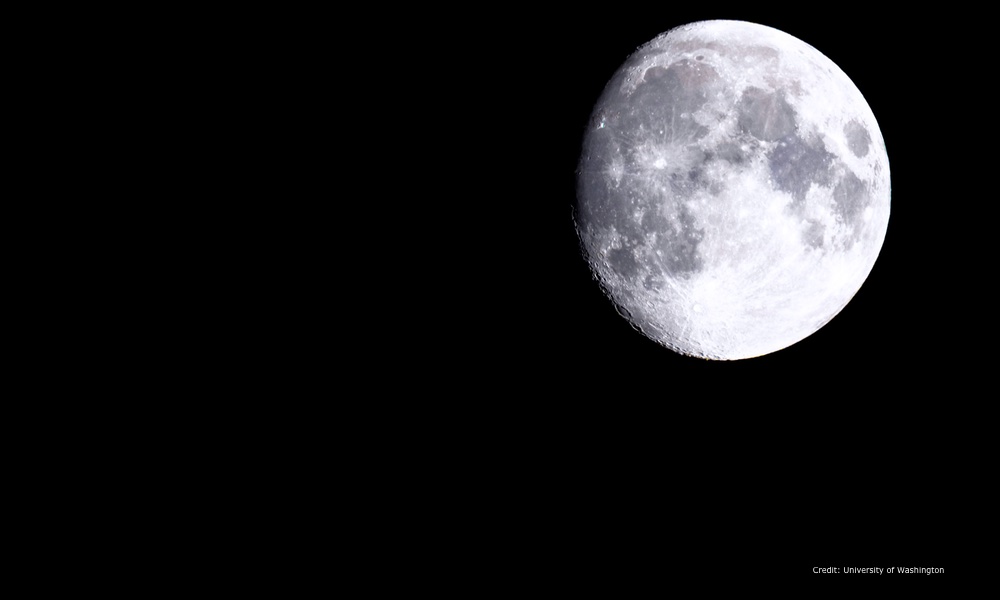Money talks when it comes to healthy foods. We tend to believe that healthy food is more expensive. We tend to be willing to pay more for foods we see as packing more nutrients and less for junk foods.
It's why Whole Foods is often referred to as “Whole Paycheck,” and it's behind the halo effect organic foods enjoy.
Five related studies show how persistent these perceptions about healthy food and food prices really are.
In another study, people were asked to determine which of two breakfast crackers was the healthiest. They were told that one was more expensive than the other. Again, the more expensive cracker was rated as the healthiest.All this gives food manufacturers liberty to charge more for their products. It also takes money out of the pockets of consumers — money that could be better spent on real healthy foods, like fruits and vegetables.
When people were asked to pretend that a co-worker asked them to order lunch for them, half of the group was told that their co-worker wanted a healthy lunch, while the other half wasn’t given any instructions. From a computer screen, the participants were asked to choose between a Chicken Balsamic Wrap and a Roasted Chicken Wrap. The people choosing the wraps didn’t all see the same price for each wrap, though the list of ingredients were listed for both. People were more likely to pick the expensive wrap, regardless of which wrap it was, as the healthiest lunch for their co-worker.
“People don't just believe that healthy means more expensive — they're making choices based on that belief,” said Rebecca Reczek, a co-author of the study and professor of marketing at Ohio State University, in a statement.
Both vitamin A and DHA, a fatty acid, are beneficial for eye health, but researchers had already determined that not many people were familiar with DHA. The researchers varied the price tags on the trail mix bags so that one group of people saw an average price tag, while others saw it with a higher price tag than the other three trail mixes.
When questioned about the ingredients in the trail mix, DHA was considered to be more important if it was in the pricier trail mix compared to the average-priced trail mix.
“People are familiar with Vitamin A, so they feel they can judge its value without any price cues,” Reczek said. “But people don't know much about DHA, so they [fall back on the idea] that expensive must be healthier.”
Surprisingly, when people were told that DHA helps prevent macular degeneration, it became a more important health issue if it was in the trail mix with the heftier price tag. They were less concerned about macular degeneration when the cost of the trail mix containing DHA was average. This effect was not seen among people who were informed that the trail mix contained vitamin A, probably because they were more familiar with the vitamin.
And then there was the final experiment in which people were asked to evaluate a new product billed as the “Healthiest Protein Bar on the Planet.” They were told the bar would compete with other protein bars averaging around $2.00 a bar. Some of the people were told the bar would cost 99 cents, and others were told the price would be $4.00. After reading reviews of the bar, the participants offered their own evaluations.
Those who were told the bar would cost 99 cents did a lot more research into the reviews compared to those who were told the bar would cost $4.00. They couldn’t believe that such a healthy bar could cost less than an average protein bar, Reczek explained, and they had to read more to convince themselves. People were much more willing to accept that the “healthiest bar on the planet” would cost twice as much as an average protein bar.People were much more willing to accept that the "healthiest bar on the planet" would cost twice as much as an average protein bar.
The price of food not only influences our perceptions of what foods are healthy, but it can also influence our beliefs about what health issues are important. These consumer perceptions give food manufacturers liberty to charge more for their products. It also takes money out of the pockets of consumers — money that could be better spent on real healthy foods, like fruits and vegetables.
Quality does sometimes cost more. There are certainly categories of food where healthy is more expensive, such as some organic and gluten-free products, Reczek points out. But this research wasn't meant to investigate the true relationship between healthy foods and price — just our perceptions of that relationship.
The takeaway is that not all high-priced foods have superior health benefits. You can overcome this “expensive equals healthy” bias by comparing nutrition labels and becoming informed before making purchases. You could end up saving your household a bundle over time — and even eat better in the process.
The study is published in the Journal of Consumer Research.





